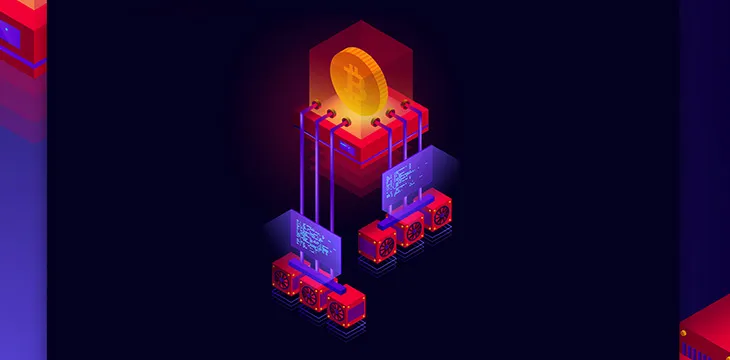|
Getting your Trinity Audio player ready...
|
The recent Quasar upgrade on Bitcoin SV (BSV) proved what a certain percentage of inept cryptocurrency developers thought was impossible — large on-chain scaling could never happen. SegWitCoin (BTC) started that misguided belief, which is why its developers decided to take transactions off the blockchain to be processed. That led to the creation of the Lightning Network that, two years later, still isn’t functioning to the extent that it had been expected to reach. As BSV continues to follow its Roadmap to Genesis, the blockchain time and again shows that the original Bitcoin design was right and didn’t need to be frivolously altered. In proving that on-chain scaling is possible, the floodgates to more on-chain activity are now open and the crypto community is taking notice.
With Bitcoin, it is imperative that a spendable Bitcoin never be unspendable, meaning that a transaction cannot be reversed. It hasn’t been a huge issue, according to data compiled over the past ten years, but it is still an issue that has to be addressed. A recent post on Bitcoin SV Node delves into what BSV is doing to address this issue, as well as others, as the blockchain continues to move toward a better, cleaner blockchain offering.
Specifically, the post deals with UTXO activations. The post explains, “Most Bitcoin consensus changes use what we call ‘height based activation.’ That is after the blockchain reaches a certain block height the new rules kick in. But this potentially breaks old transactions that follow the old rules. That imposes a huge burden on developers of a new change that effectively locks them into a set of restrictions that would look very much like what Bitcoin Core have previously called a ‘soft fork.’ Soft forks are for numpties and we aren’t going to buy into that because they are unnecessarily restrictive when you’re trying to undo 10 [years’] worth of damage.”
UTXO height-based activations will go a long way to ensuring this process. Instead of new rules being conditional on the current block height, they can be made conditional based on the block height of the time the script is created, specifically the height associated with the time the input UTXO trying to be spent was mined. The post adds, “This a very flexible activation mechanism. It means that all outputs created with arithmetic op codes will continue to be executed using the code that existed at the time they were created. If they were valid then, they are valid for all time regardless of which rule set they were designed for.”
This is done through arithmetic op_codes, which aren’t used very often. As such, implementing the changes is not a cumbersome process that requires a lot of developmental re-work on the blockchain. However, it is still an important part of the Roadmap to Genesis and one that will be used exclusively once the Genesis upgrade is rolled out next February.
https://www.youtube.com/watch?v=gBb9FSxfyVs

 08-17-2025
08-17-2025 




